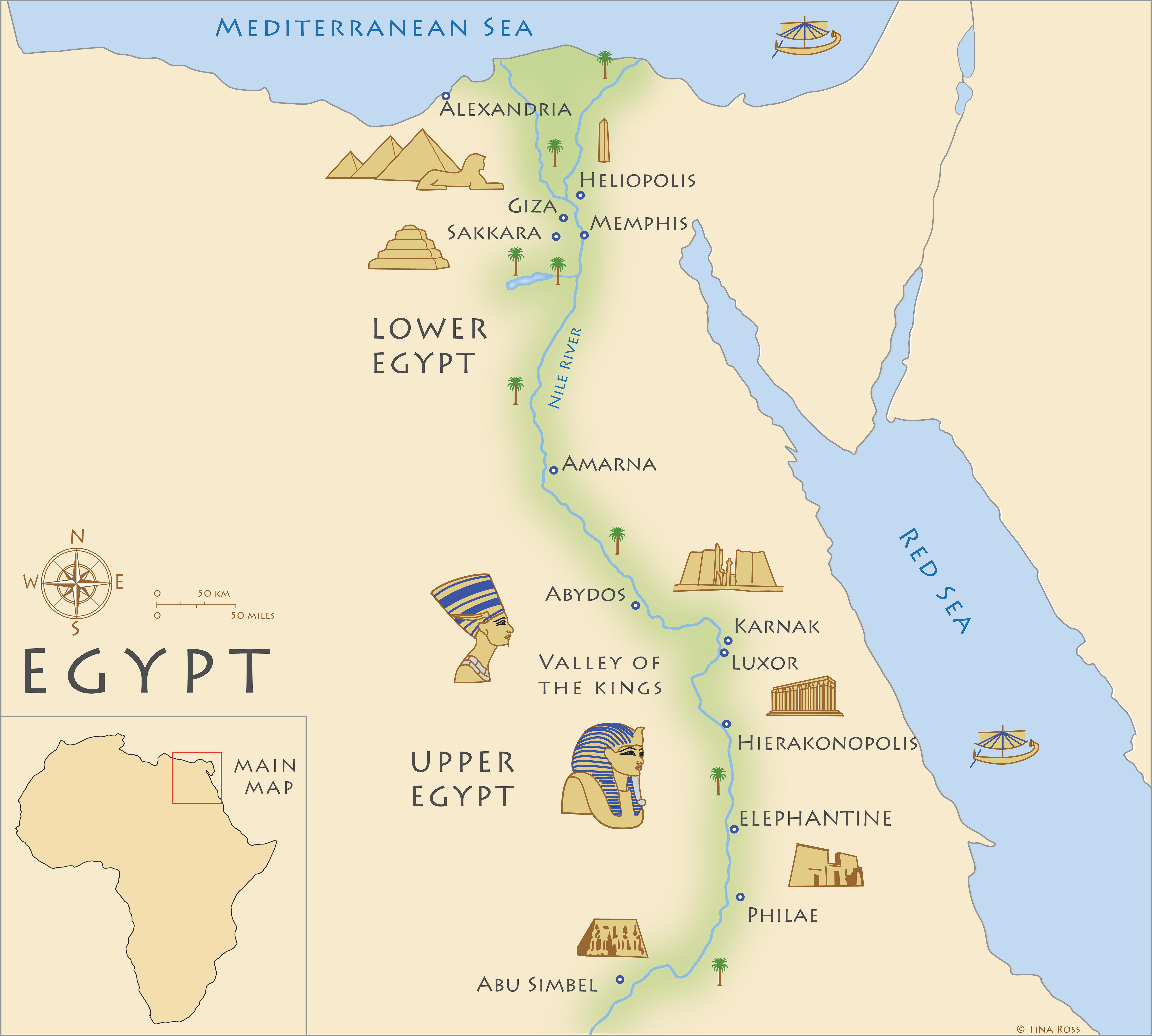
Map of Ancient Egypt (Illustration) World History Encyclopedia
The Early Dynastic Period of ancient Egypt, following the unification of Upper and Lower Egypt around 3150 BCE, includes the First and Second Dynasties, lasting until around 2686 BCE. [3] This period saw the capital move from Thinis to Memphis, the establishment of a god-king system, and the development of key aspects of Egyptian civilization such as art, architecture, and religion.
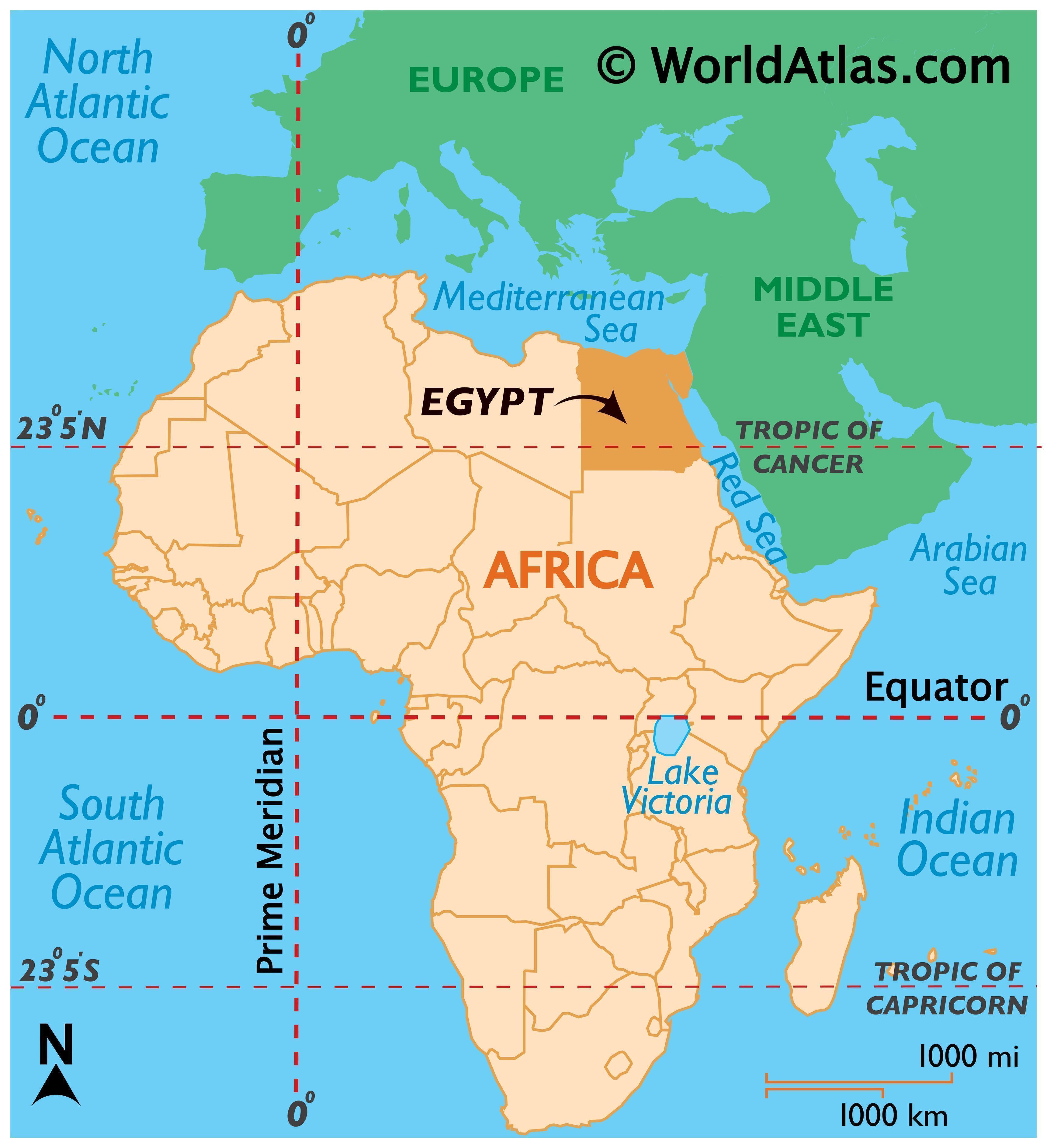
Egypt Map / Geography of Egypt / Map of Egypt
This map was created by a user. Learn how to create your own. Take a journey through Ancient Egypt. Learn about the geography, climate, landforms, government, and daily life of Ancient Egyptians.
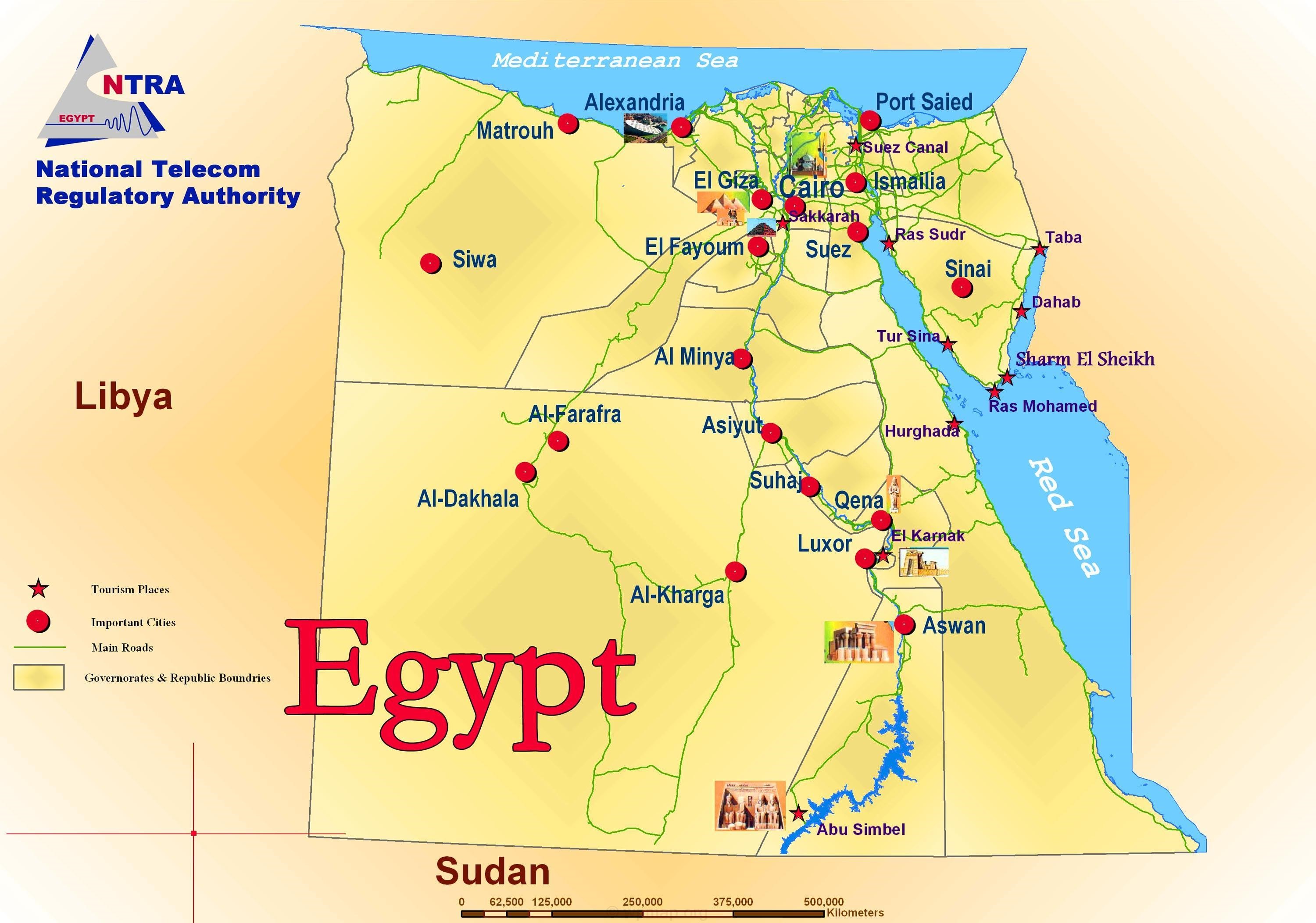
Political Map of Egypt
Maps of Ancient Egypt. Ancient Egypt was divided into Ta Shemau ( Upper Egypt) and Ta Mehu ( Lower Egypt ). Click on the hieroglyphs to see the maps of Upper and Lower Egypt along with a list of the gods, cities, and major temples associated with each nome (region). Ta Shemau (Upper Egypt)
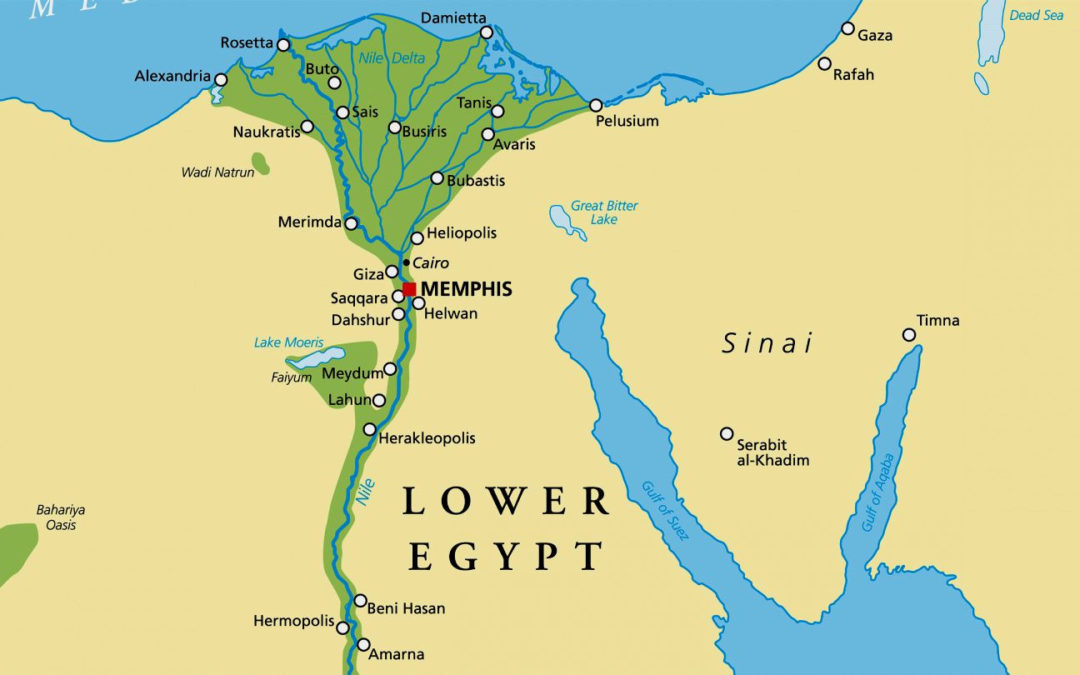
Ancient Egypt Map
Map of Ancient Egypt, showing the Nile up to the fifth cataract, and major cities and sites of the Dynastic period (c. 3150 BC to 30 BC). Cairo and Jerusalem are shown as reference cities. Remove Ads Advertisement License & Copyright Original image by Jeff Dahl. Uploaded by Thamis, published on 26 April 2012.

Map of the New Kingdom of Egypt, 1450 BC (Illustration) Ancient History Encyclopedia
Besides being a topographic map of surprisingly modern aspect, the Turin Papyrus is also a geological map (the earliest known) because it accurately shows the local distribution of different rock types (with black and pink hills), the lithologically diverse wadi gravels (with brown, green and white dots), and it contains information on quarrying.

Ancient Egypt Map Elephantine
Timeline of Ancient Egyptian civilization: c.5000 BCE: The coming of farming to the Nile Valley c. 3500-3000: The Pre-dynastic period, leading to the unification of Egypt c. 2650: The beginning of the Old Kingdom: soon the Great Pyramids of Giza built c. 2150: The fall of the Old Kingdom leads to the 1st Intermediate period begins
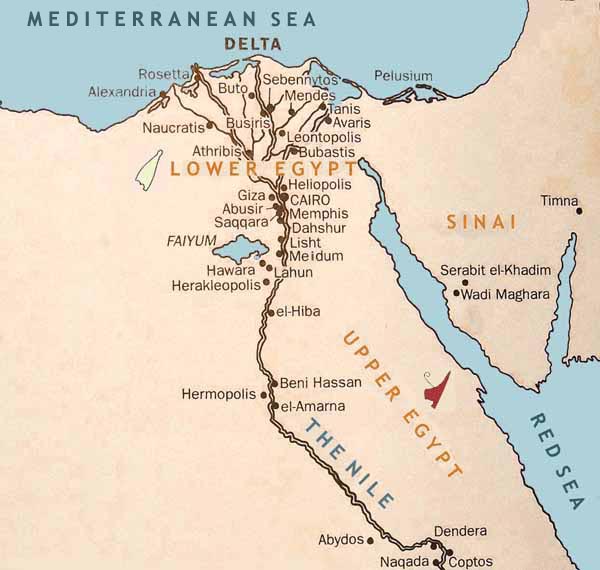
World History Box Prehistory of Ancient Egyptian civilization
The history of ancient Egypt occurred as a series of stable kingdoms, separated by periods of relative instability known as Intermediate Periods: the Old Kingdom of the Early Bronze Age, the Middle Kingdom of the Middle Bronze Age and the New Kingdom of the Late Bronze Age .
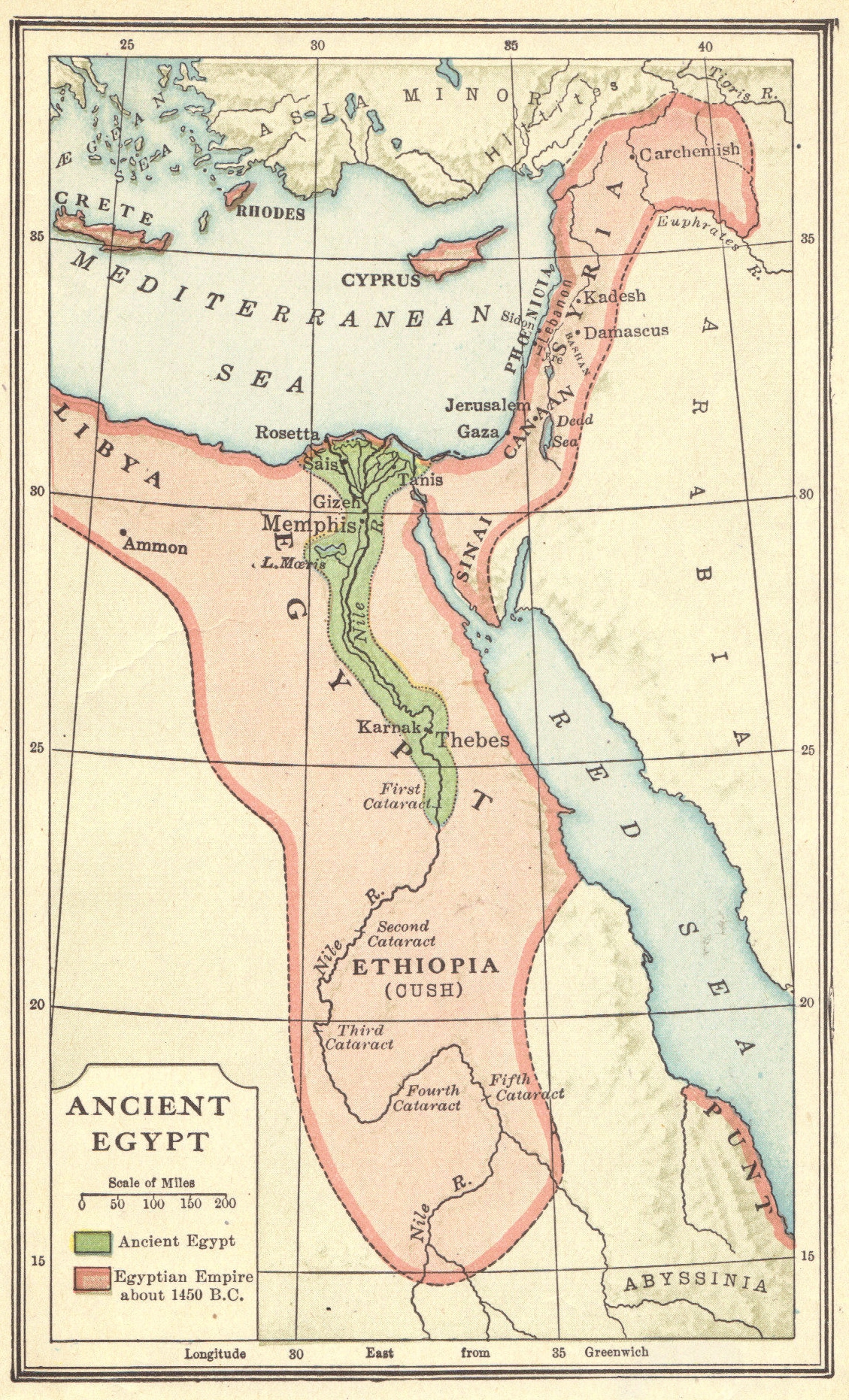
Map of Ancient Egypt Student Handouts
Ancient Egypt in 2500 BCE belongs to the period known to modern scholars as the "Old Kingdom". The kingdom is governed by a ruling class of officials and priests. This group directs the lives of the people in the name of the pharaohs, god-kings who rule from their capital, Memphis. The Great Pyramids of Giza
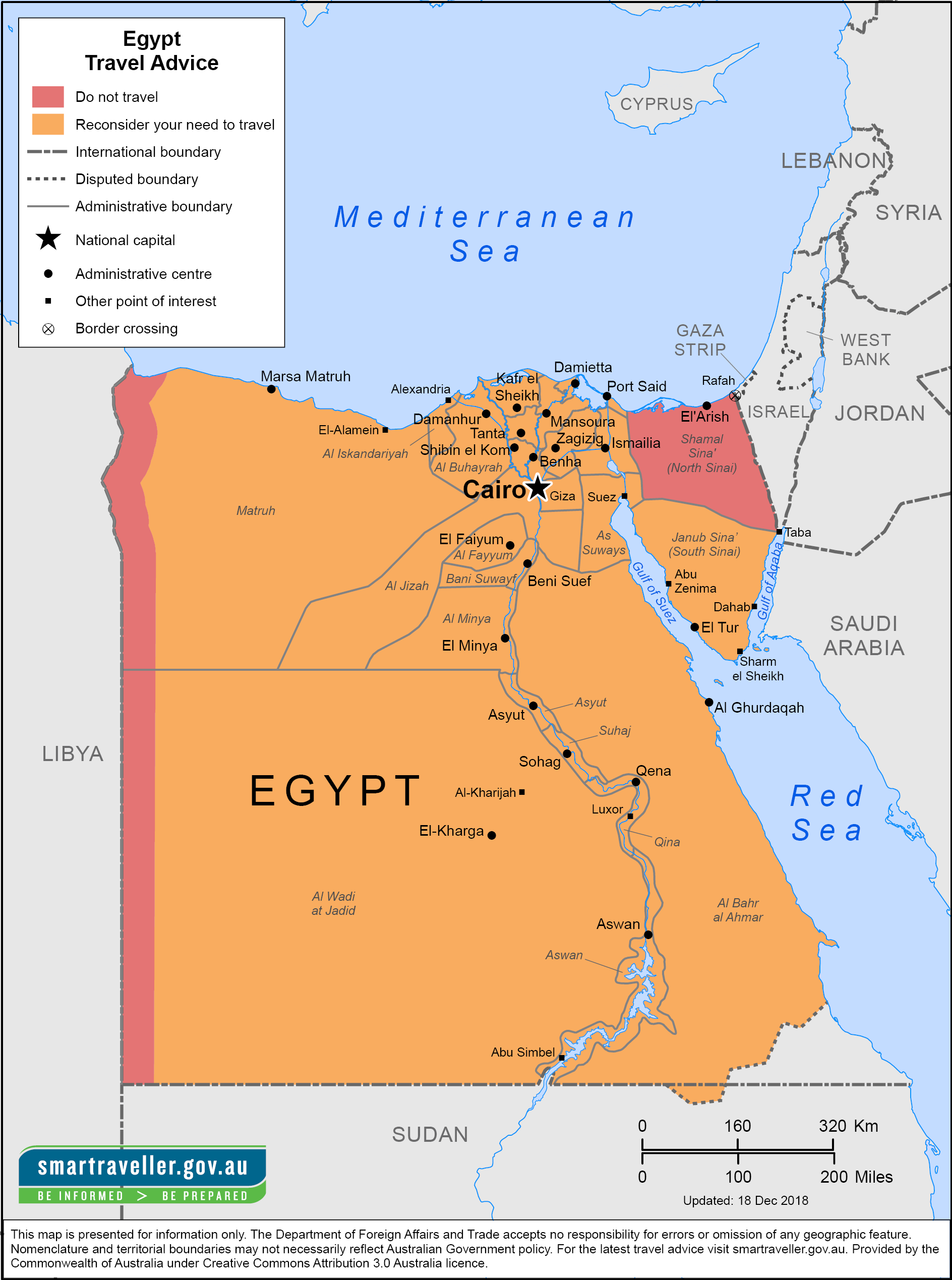
Egypt Travel Advice & Safety Smartraveller
Egypt is a country in North Africa, on the Mediterranean Sea, and is home to one of the oldest civilizations on earth. The name 'Egypt' comes from the Greek Aegyptos which was the Greek pronunciation of the Ancient Egyptian name 'Hwt-Ka-Ptah' ("Mansion of the Spirit of Ptah"), originally the name of the city of Memphis.. Memphis was the first capital of Egypt and a famous religious and trade.

Chapter 3 Egypt Under The Pharaohs Art History 2050 with Zaho at University of Central Florida
Here's a map of Egypt around 1450 BC: Map of Egypt about 1450 BC An aerial view of the Nile and the Nile Delta: © NASA - Satellite view of the Nile River A map of the Nile Delta These maps of ancient Egypt highlight representative aspects: historical, locations of major constructions, Egypt as we know it today and the Nile.

New Unit! Ancient Egypt! MR. MEINERS SIXTH GRADE SOCIAL STUDIES
The Turin papyrus - an ancient Egyptian mining map, it is drawn on a 9 foot by 1.3 foot long, dated to 1150 BC, and was prepared for an expedition to the Wadi Hammamat in the Eastern Desert led by king Ramesses IV, searching for blocks of bekhen-stone to be carved into statues of the god-king. It's a unique document, because it is the only.
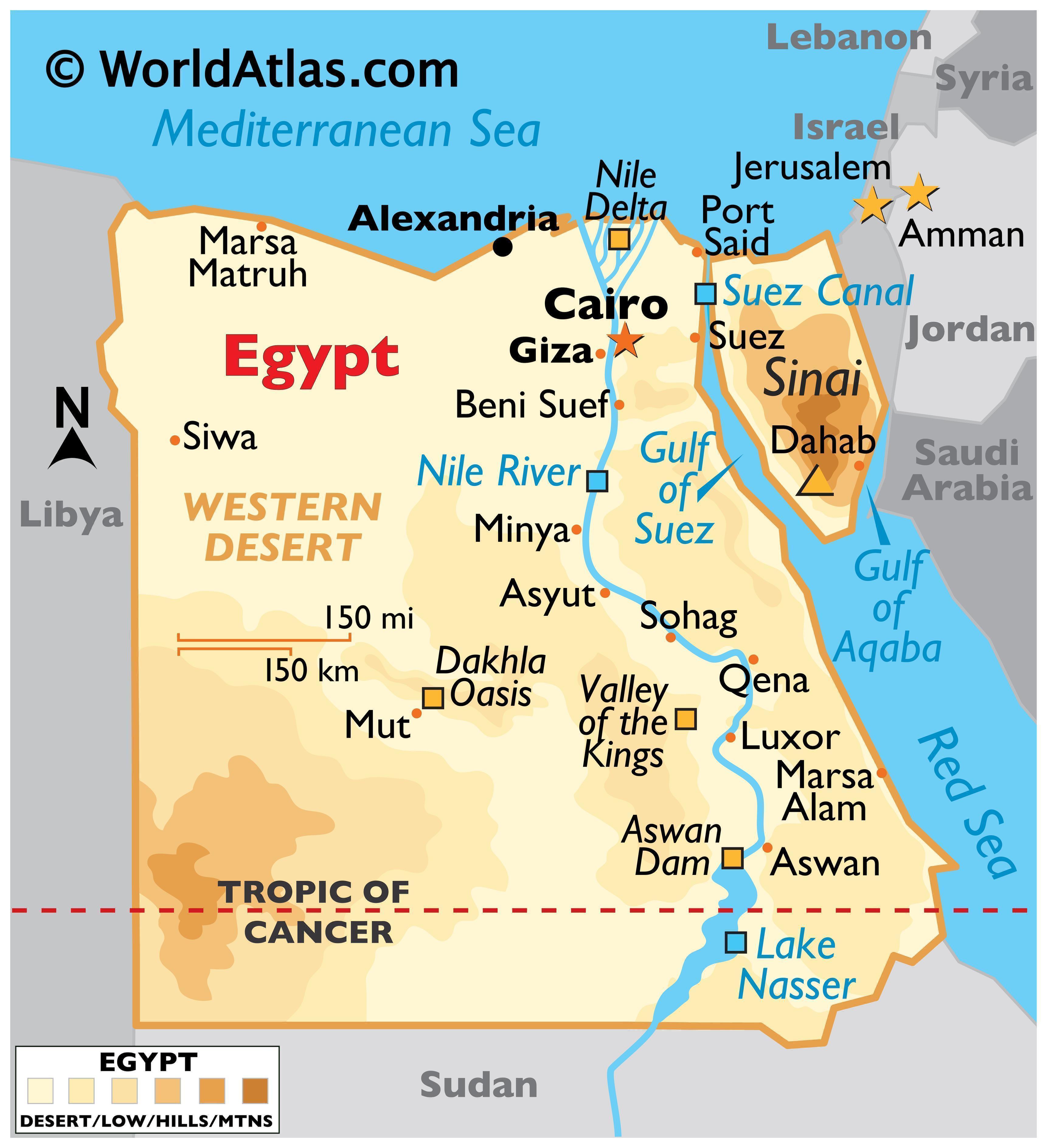
Egypt Map / Geography of Egypt / Map of Egypt
Overview Egyptian civilization developed along the Nile River in large part because the river's annual flooding ensured reliable, rich soil for growing crops. Repeated struggles for political control of Egypt showed the importance of the region's agricultural production and economic resources.
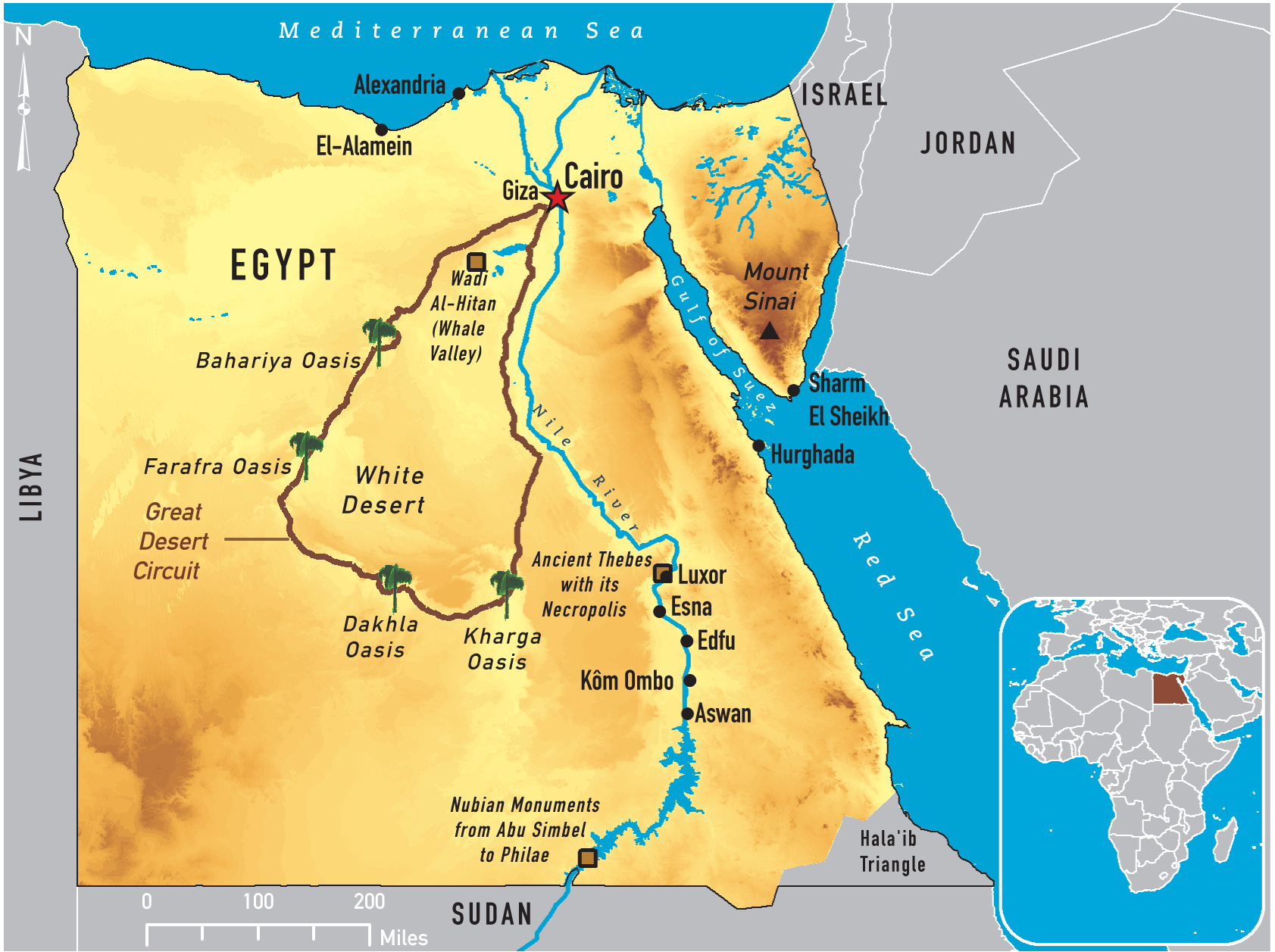
Map of Egypt 2011
Map of ancient Egypt, showing the major cities and archaeological sites along the Nile River, from Abu Simbel in the south to Alexandria in the north .

WORLD, COME TO MY HOME! 0215 EGYPT The map of the Two Lands
Interactive Map Home / Explore / Interactive Map CLICK on the time period to see when important monuments were built Neolithic Period: 4500 - 3000 BCE Early Dynastic Period: 3000 - 2650 BCE Old Kingdom: 2650 - 2150 BCE 1st Intermediate Period: 2150 - 2040 BCE Middle Kingdom: 2040 - 1640 BCE 2nd Intermediate Period: 1640 - 1550 BCE
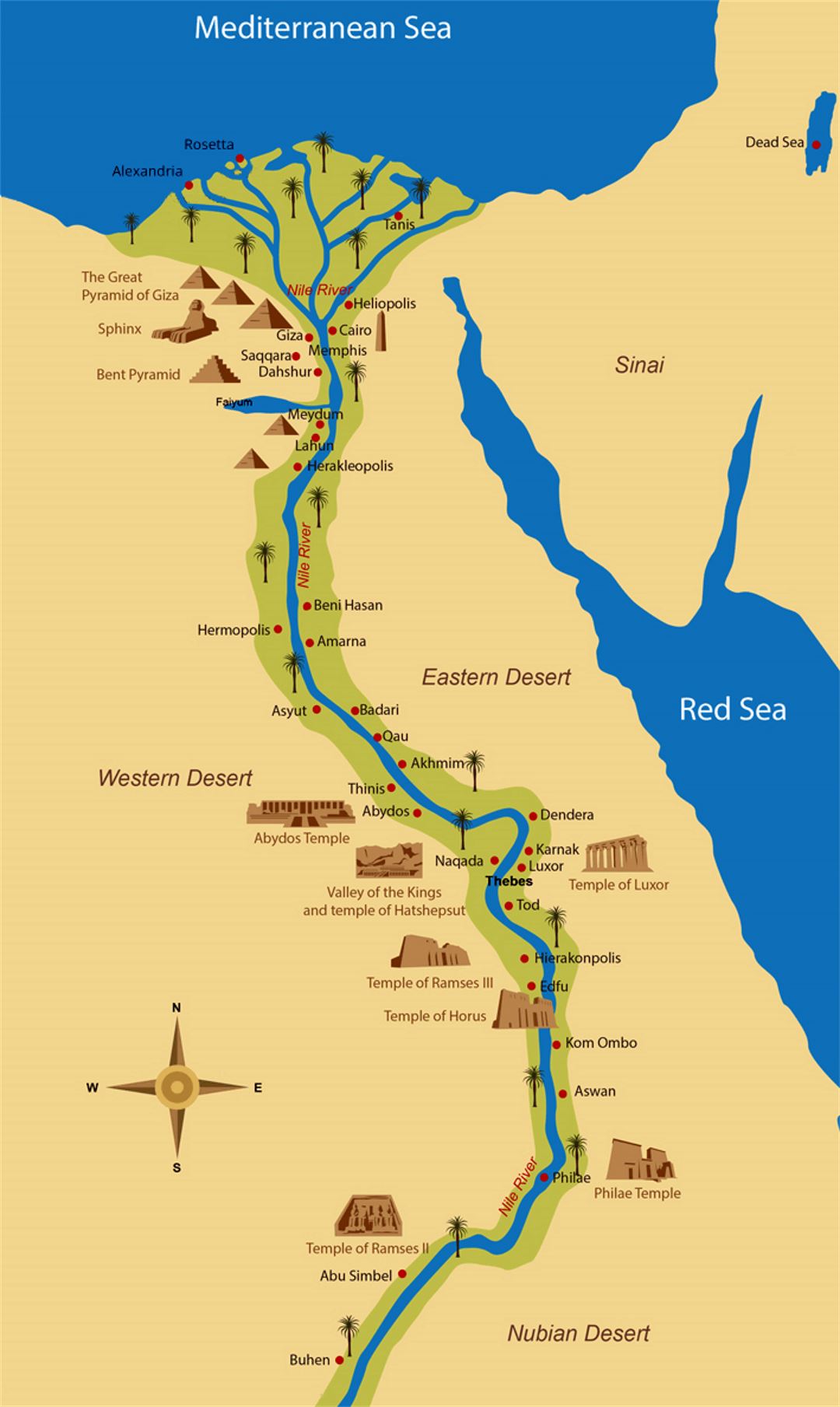
Detailed map of Ancient Egypt Egypt Africa Mapsland Maps of the World
Early world maps. The earliest known world maps date to classical antiquity, the oldest examples of the 6th to 5th centuries BCE still based on the flat Earth paradigm. World maps assuming a spherical Earth first appear in the Hellenistic period. The developments of Greek geography during this time, notably by Eratosthenes and Posidonius.

ancientegyptmap
In ancient Egyptian history, the Old Kingdom is the period spanning c. 2700 -2200 BC. It is also known as the "Age of the Pyramids" or the "Age of the Pyramid Builders", as it encompasses the reigns of the great pyramid-builders of the Fourth Dynasty, such as King Sneferu, who perfected the art of pyramid-building, and the kings Khufu, Khafre and Menkaure, who constructed the pyramids at Giza.